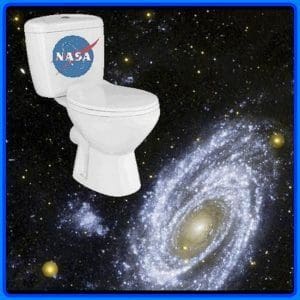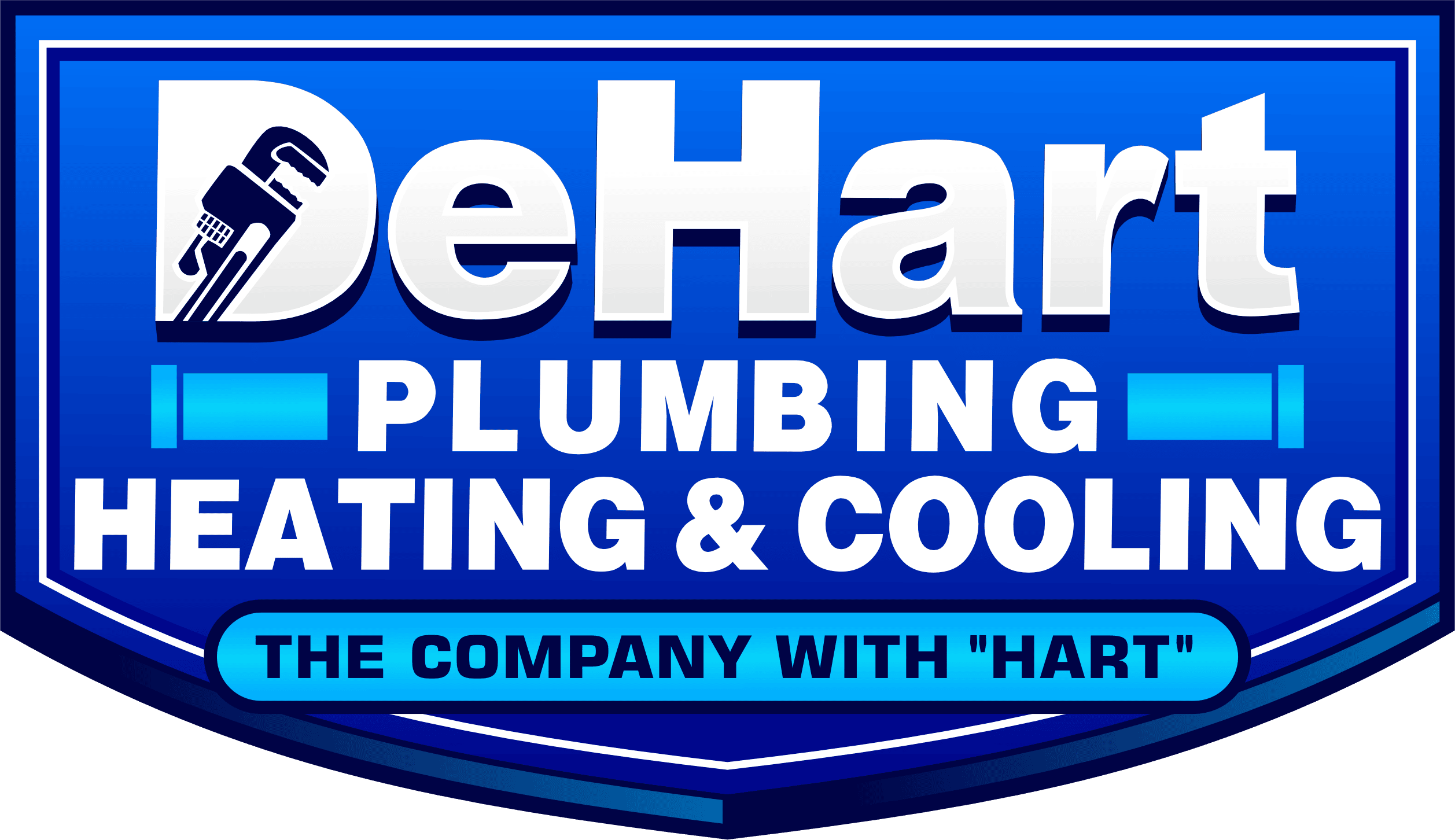 The plumbing and HVAC technology needed for astronauts was a huge challenge for NASA scientists. In your home, gravity does a lot of the dirty work for you as far as moving waste from your home and into the main sewer lines. Without gravity and also being confined to limited space orbiting roughly 240 miles above the Earth, functional plumbing and air quality was a huge feat. Enjoy these fun facts about plumbing and HVAC in zero gravity.
The plumbing and HVAC technology needed for astronauts was a huge challenge for NASA scientists. In your home, gravity does a lot of the dirty work for you as far as moving waste from your home and into the main sewer lines. Without gravity and also being confined to limited space orbiting roughly 240 miles above the Earth, functional plumbing and air quality was a huge feat. Enjoy these fun facts about plumbing and HVAC in zero gravity.
+ One toilet on the International Space Station costs about $19 million dollars. The international space station has two.
+ While using the facilities, astronauts must strap themselves to the toilet so they don’t float away.
+ Suction is a very large part of using the toilet for #2s or the funnel tube for #1s so your waste doesn’t end up floating where you don’t want it to.
+ Bodily wastes are handled differently. Urine is sucked away in a tube to be filtered and reused as drinking water while feces are vacuum-dried, bagged, and stored until a supply shuttle docks and can be transferred from the ISS.
+ Learning to properly use the toilet and funnel tube is part of astronaut training which also includes cameras to make sure you are properly positioning yourself.
+ All liquids whether waste water, air conditioner condensate, breath vapors, sweat from space suits, and urine are filtered extensively to be reused as drinking water.
+ To get water to the International Space Station for its crew, it costs roughly $420 million per year.
+ Dozens of pumps are required to provide pressure in pipes to move clean water to supply water stations or waste liquids to the filtration system
+ The plumbing pipes are made of titanium, stainless steel, or Teflon wrapped in metal mesh which is more compact, lightweight, corrosion-resistant, leak-resistant, microbe-resistant, and highly dependable rather than inexpensive PVC or copper we use in our homes.
+ Pressurized oxygen and nitrogen must be brought to the ISS and continually circulated through a complex network of ducts so areas of concentrated carbon dioxide won’t develop.
+ Huge ammonia-filled radiators (which look like wings on the ISS) remove the heat produced by all the equipment and expel it into space, much like your outdoor condenser unit on your AC system.
The astronauts on board the space station must also be trained how to properly maintain and repair all of the plumbing and cooling systems because a plumber isn’t just a phone call away up there. Luckily, for you, we are! Call us at 785-341-4193 for all of your plumbing, heating, and cooling needs!
De Hart Plumbing Heating and Cooling, serving Manhattan Kansas, Junction City Kansas, Wamego Kansas, Topeka Kansas, and some surrounding areas.
